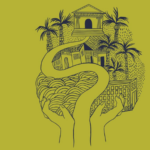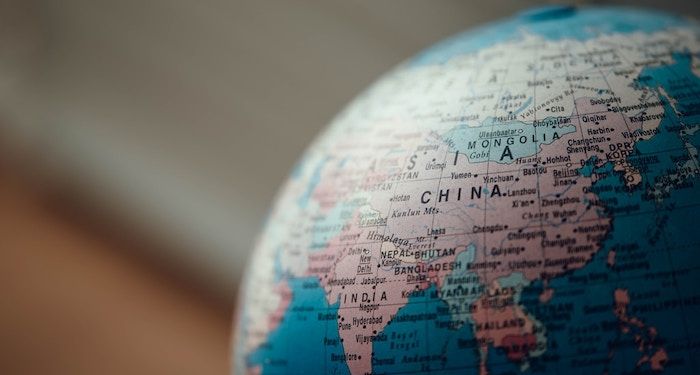
Books That Are Popular in Other Countries, but Not Necessarily in the United States
There are many popular books outside the United States, which the good ol’ U.S. of A is missing out on. Many of these are published in other languages and even thrive in their respective countries. Many have also developed their own following.
But, in truth, the English-language publishing world is still pretty much confined to New York. And since it is still very much New York–centric, this centralization creates a ripple effect in the industry as a whole. It is a known fact that the U.S. is one of the countries that dominate the global publishing industry, and its influence may even be extending far outside its borders. As a publisher based abroad, our non-U.S. and non–English language books always lose the competition. In fact, when looking at bestsellers charts of bookstores in the Philippines, U.S.-published ones always dominate the lists.
The good news is that it’s not always the case in other parts of the world, especially in countries where English doesn’t get a foothold.
To give the much-deserved spotlight to the works in the trenches, below is a list of books that are popular elsewhere, but may not be necessarily known in the U.S. From classics and fiction to children’s books, you’ll find a lot of stuff here to add to your reading list. And maybe you can learn a bit about other cultures, too.
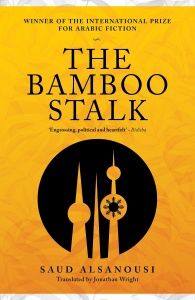
The Bamboo Stalk by Saud Alsanousi, Translated by Jonathan Wright
Many poor Filipina women go to the Middle East, among other places, to work as domestic workers, often finding themselves in abusive workplaces. The Bamboo Stalk, which is a bestseller in Kuwait, touches on this global issue. It was first published in Arabic in 2013 and translated into English in 2015.
Josephine flies for Kuwait to work as a maid. There he meets Rashid, and they secretly get married. But while Josephine is from a poor family, Rashid is from an affluent clan and his family is not in favor of the couple’s marriage. At the time, Josephine already bears their child, which angers Rashid’s mother. Rashid has to send Josephine and the child, now 2 months old, back to the Philippines. The child would grow up as Jose. A few years later, however, he is summoned to Kuwait. Caught between two worlds, Jose grapples with his identity.
Winner of the International Prize for Arabic Fiction, The Bamboo Stalk is a “celebrated novel in the Arabic-speaking world.” In 2016, it was adapted into TV series but was banned in Kuwait due to its provocative theme.
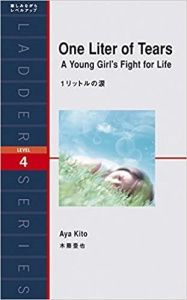
One Liter of Tears: A Young Girl’s Fight for Life by Aya Kito
This is a diary-turned-memoir from Kito, who suffered a terminal illness called spinocerebellar degeneration. According to MedlinePlus, it’s a “condition characterized by progressive problems with movement.” Those who suffer from it “initially experience problems with coordination and balance.”
In the book, which was published in 1986 in Japan, Kito shares her daily struggles living with the illness. “I write because writing is evidence that I am still alive,” she pens in one entry. Kito, unfortunately, would die at the age of 25.
Alternatively titled A Diary with Tears, the book sold over 1.1 million copies in Japan. It was such a huge hit that it was even adapted into a TV series in 2005 — variations of the title include 1 Litre no Namida, One Litre of Tears, and Ichi Ritoru no Namida — and a film in the same year. The TV series was very popular around Southeast Asia at the time, and having personally watched it, I was moved.
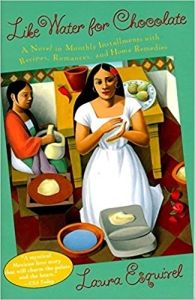
Like Water for Chocolate by Laura Esquivel
Laura Esquivel is one of the most popular authors in Mexico, but not quite as much in the U.S. Her book, Like Water for Chocolate, which was originally published in 1989 as Como agua para chocolate, is one of her most well-read works. It was even adapted into film in 1992.
The story is a roller coaster one, set at a ranch in Mexico sometime in the 20th century. It’s the romantic but tragic tale of Tita and Pedro, who can’t marry because of a family tradition. Being the youngest child in the family, Tita has to take care of her abusive mother, Mama Elena, until the matriarch dies. Mama Elena instead asks Pedro to marry Rosaura, Tita’s oldest sister. And because Pedro doesn’t want to get separated from Tita, the one he truly loves between the two sisters, he accepts Mama Elena’s request.
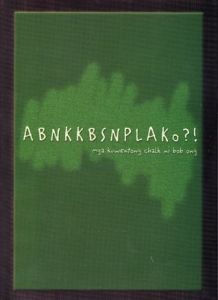
ABNKKBSNPLAko? by Bob Ong
In the Philippines, Bob Ong is one of the most popular authors. They’re well-known in the local book industry, and every reader in the said country may have already heard their name once or twice.
But since Bob Ong released their debut ABNKKBSNPLAko? sometime in the early 2000s, they haven’t revealed their real identity, which is protected by a pseudonym. When asked why they prefer to be anonymous, even having published more than 15 books, they said that “it was probably just the concept of not embracing celebrity which is foreign to most people.”
In ABNKKBSNPLAko?, which actually means “Aba, nakakabasa na pala ako?!” or “Wow, I can actually read now?!” in English, the author writes their “autobiography.” It is their most popular work to date, and it even had a film adaptation in 2014.
Unfortunately, the book is only available in Filipino.
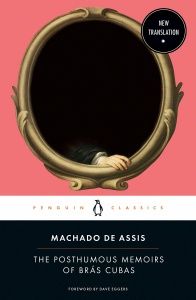
The Posthumous Memoirs of Brás Cubas by Joaquim Maria Machado de Assis, Translated by Flora Thomson-DeVeaux
Electric Literature described Machado de Assis as “Brazil’s best classic writer you’ve never heard of,” and The New Yorker wondered why he isn’t “more widely read.” Indeed, Machado de Assis may not be globally known. But in Brazil, he is a celebrated writer and is hugely popular.
In The Posthumous Memoirs of Brás Cubas, the title character, who dies at 64 of pneumonia, narrates his life story from the day he died. At times, I find the book humorous, witty, and odd. “Fifteen pages into Memórias Póstumas de Brás Cubas, when the narrator, delirious and on the brink of death, is carried off by a gruff, talking hippopotamus, I remember putting the book down and staring out the window for a breath, delighted and taken aback,” the translator writes in the Introduction.
Considered a masterpiece, the book was published in 1881. In 2020, Penguin Classics put out a new English translation.

The Diary of Amos Lee: I Sit, I Write, I Flush! by Adeline Foo and Stephanie Wong
This is a popular children’s book in Singapore, and it’s considered a bestseller there.
First published in 2009, The Diary of Amos Lee follows 9-year-old Amos Lee as he navigates everyday life and his relationship with his family. The writing feels quirky, diary-like, and accessible, which what has probably drawn many audiences. Because of the book’s popularity, it was even adapted into a TV series in Singapore.
This is the first of a book series, and Foo went on to publish follow-ups after its success.
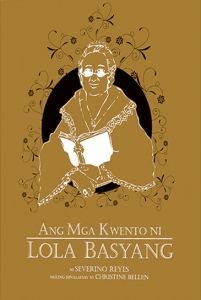
Ang Mga Kuwento ni Lola Basyang ni Severino Reyes by Christine Bellen and Various Artists
The tales of Lola Basyang, who is somewhat an icon in the children’s book scene in the Philippines, were originally written by Filipino writer Severino Reyes. Lola Basyang is a household name in the said country; she’s an old lady (lola) who loves to tell fantasy stories to children. The character also appeared in different forms of media such as movie and television.
In the mid-2000s, Lola Basyang’s classic children’s tales were retold by Filipino writer Christine Bellen through a set of picture books, and it was reissued anew in 2017. They include short stories such as “The Monkey Prince,” “Fearless Pedro,” and “The Palace of the Dwarves” among others. The picture books are also accompanied by illustrations from various local artists.
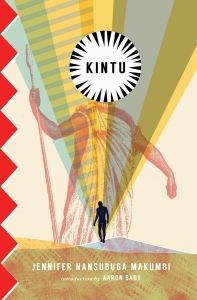
Kintu by Jennifer Nansubuga Makumbi
This one has been hailed as the “great Ugandan novel,” according to The Guardian. Though just published in 2014, the book is already regarded as a modern classic.
Set in 1750, Kintu is a family saga that somewhat narrates the history of Uganda. It follows the title character, Kintu, and his descendants as they try to contend with an ancient curse inflicted in the clan. The book was the author’s doctoral thesis. It won the Commonwealth short story prize in 2014 and the Windham-Campbell prize in 2018.

Die Känguru-Chroniken by Marc-Uwe Kling
This is the first book from a hugely popular series in Germany titled The Kangaroo Chronicles; its audiobook version sold a million copies in 2020. Since it’s in German, it has never caught on in the U.S., and though it has an English translation, it hasn’t made headlines elsewhere. Die Känguru-Chroniken follows a fictional Marc-Uwe who lives with a talking and politically active kangaroo. Yeah, I know that sounds strange and intriguing, but it’s supposed to be humorous and satirical. The book was also adapted for theater and film.
Kling would publish more additions to the series: Das Känguru Manifest, Die Känguru-Offenbarung, and Die Känguru-Apokryphen.
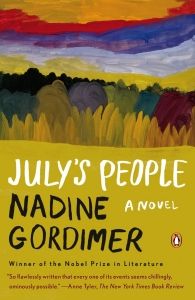
July’s People by Nadine Gordimer
This one was banned in some schools in South Africa in the early 2000s because of its criticism of the Apartheid system. But despite the ban in the African country, it received glowing reviews elsewhere.
In July’s People, which was published in 1981, Gordimer reimagines an alternate future for South Africa — one in which a civil war ends the Apartheid.
Gordimer is the awardee of the Nobel Prize for Literature in 1991.
For a definitive list of books from around the world, here’s a recommended reading: “If You Can Only Read One Book Per Country, Make It This.”





